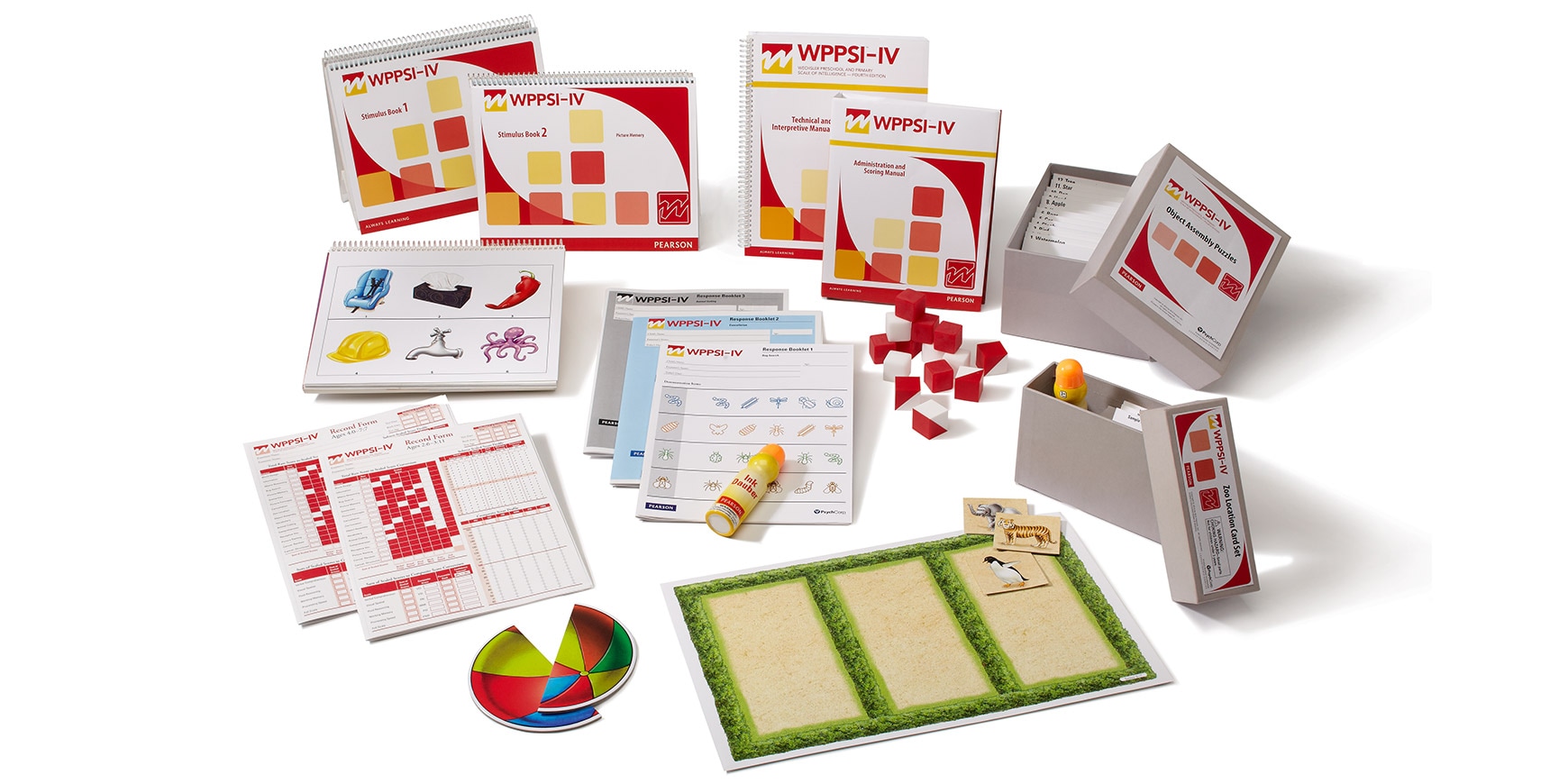Case Study - Using WPPSI-IV UK to provide evidence as part of the EHCP

A girl of six years was referred for an Educational Psychology Assessment. Jane (not her real name) was currently in Year 1, but according to her chronological age should have been in Year 2. She has a diagnosis of Down’s Syndrome and an Education Health Care Plan (EHCP) for additional support over and above that provided in school, in order to meet her needs.
Jane attends a mainstream school and accesses weekly Speech and Language Therapy (SALT) sessions. Funding from her EHCP provides this support. Jane was referred due to parent’s concern around the lack of additional support provided to meet Jane’s needs in the classroom.
Providing evidence to support an EHCP
Parents were keen to provide evidence of the high level of Jane’s needs in order to make a request to the school to provide at least ten hours of within class support and then to request additional support via the EHCP as appropriate.
As a consequence of the nature of the request, I decided that a standardised cognitive assessment (Wechsler Pre-school and Primary Scale of Intelligence – 4th UK Edition (WPPSI-IV UK) would be helpful to consider Jane’s levels of functioning across developmental areas in comparison to that of her peers.
Non-verbal subtests are helpful for assisting children with special needs
Due to her diagnosis, I was aware that Jane would not be able to access all of the subtests. I chose to focus on the non-verbal subtests. The guidance for the WPPSI-IV UK indicates that the language content of the von-verbal subtests is minimal and has been standardised with special groups including those with difficulties affecting language and this helped to inform my decision making.
Jane completed the following subtests: Due to the way the WPPSI-IV UK subtests are structured, the reversal and the discontinue points, Jane was not unduly stressed when completing the tasks. The lower age range of the WPPSI-IV UK enabled me to consider Jane’s levels of functioning across areas in comparison to a broader range of children.
How does the WPPSI-IV UK differ from the WPPSI-III UK?
A number of the subtests have been modified from the WPPSI III UK to the WPPSI IV UK and are more visually and kinaesthetically pleasing. Jane particularly excelled at the new zoo locations subtest. This subtest involves the positioning of animal cards on different size grids. The instructions follow a simple story scenario about where the animals live. On this occasion, I believe that this scenario caught Jane’s interest and motivation and she was therefore able to show what she was capable when tasks are appropriate, practical and meaningful. The outcome from this subtest provided a contrast to others which Jane found more challenging.
The nature of the WPPSI-IV UK allowed for the observation and consultation to take place alongside the standardised assessment with parents as well as Jane herself. The nature of the standardised assessment meant that evidence concerning Jane’s levels according to visual and spatial skills, working memory, processing speed could be used to identify areas of need. These could then be in turn linked to what appropriate provision for Jane may look like.
Why was WPPSI-IV UK an appropriate test to use?
Parents found it interesting to be able to experience Jane’s levels of functioning when working with one adult on structured tasks and to use this to illustrate the challenges faced by Jane in the mainstream classroom. The WPPSI-IV UK was a very good choice in this situation because it provided both the evidence gained from an up-to-date standardised assessment needed to challenge provision whilst providing an interesting and appropriate experience for the young person.
Case Study by Dr Melanie Adkins, Educational Psychologist